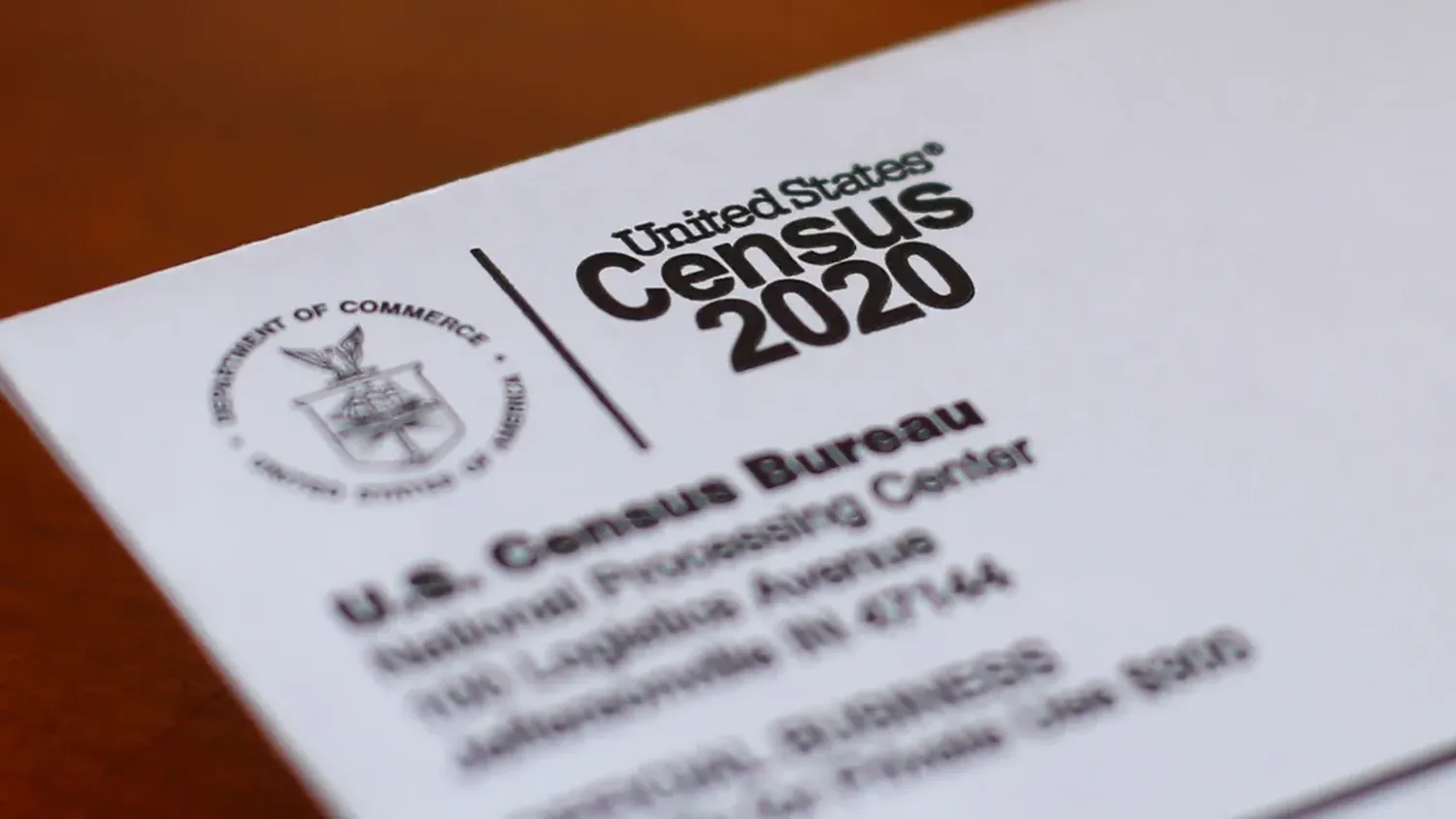Government
U.S. Government Proposes Changes to Race and Ethnicity Data Collection
In a significant shift that could reshape the landscape of demographic data, the U.S. government is considering changes to how it collects information on race and ethnicity. This move, which would be the first update in 27 years, aims to more accurately reflect the nation's diversity and how Americans perceive their own identities.
The proposed changes, announced by the Office of Management and Budget (OMB), suggest merging the two separate questions about race and ethnicity into a single query. Additionally, a new category for people of Middle Eastern and North African (MENA) descent is being considered. These revisions are expected to have far-reaching implications for legislative redistricting, civil rights laws, health statistics, and potentially even the political landscape.
The current standards, established in 1997, require individuals to first indicate whether they are of Hispanic or Latino descent, followed by a separate question about their race, with options including White, Black, Asian, Pacific Islander, Native American, and others. However, this approach has often led to confusion, particularly among Hispanic and Latino communities, resulting in a significant number of respondents selecting the ambiguous "Some other race" category.
The proposed merger of the race and ethnicity questions into one is partly an effort to address the confusion observed in two key government studies measuring American demographics. Research has shown that large numbers of Hispanic people are unsure how to respond to the current format, with many feeling compelled to select "white" even if they do not identify with it or are not afforded the privileges associated with being white in America.
For Afro-Latinos, who make up 12% of the Latino population, the existing separate questions have allowed them to mark Latino as their ethnicity and Black as their racial identity. The new combined question format would still enable them to identify with both categories.
The addition of a MENA category would provide a more accurate representation for individuals with origins in countries such as Lebanon, Iran, Egypt, and Syria, who have historically been encouraged to identify as white. The 2020 census data suggests that approximately 3.5 million residents identify as MENA, highlighting the need for this change.
The revisions also aim to eliminate outdated and pejorative terms from federal forms, such as "Negro" and "Far East," as well as the terms "majority" and "minority," which fail to capture the nation's complex racial and ethnic diversity. The changes encourage the collection of detailed race and ethnicity data beyond the minimum standards, allowing for responses such as 'Haitian' or 'Jamaican' for someone who checks 'Black.'
The OMB's review process, which began in 2014 but was stalled during the Trump administration, has been revived under the Biden administration. The public comment period on the changes has been extended, with a final decision expected by the summer of 2024.
Critics of the proposal argue that the changes could make it harder to understand and address the specific needs of certain communities, particularly the Afro-Latino community. They stress the importance of ensuring that the revised questions capture the multifaceted nature of racial and ethnic identity, which can influence a person's experiences and treatment by others.
The stakes of these changes are high, as they will not only affect the data used to enforce civil rights protections and guide policymaking but also influence how congressional districts are drawn and how government program resources are allocated. The revisions reflect an ongoing effort to adapt to the evolving ways in which Americans choose to identify themselves and to ensure that all communities are visible and represented in demographic data.

